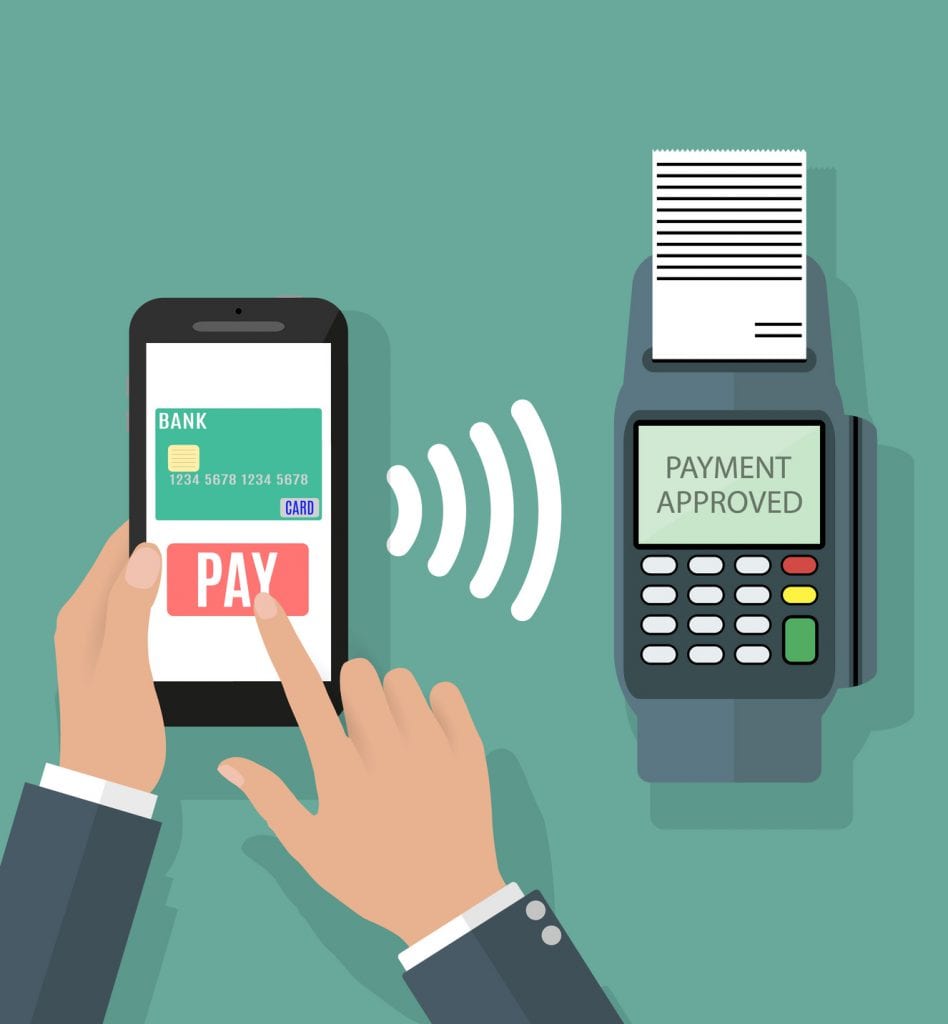A blog post on Finextra makes the case that efforts around the world to create real time payment (RTP) systems and platforms is not about creating profitable financial products as it is about an upgrade to infrastructure, akin to the investments China is making in their transportation base:
As China focuses its efforts on re-establishing the Silk Road trading routes, I was struck by the fact that the country has invested twice as much in high speed rail as the rest of the world put together. What’s that got to do with payments I hear you ask? Well it’s the fact that China clearly believes that to open up new trade routes and the country generally to new opportunities, it must invest in the core infrastructure to support growth in business and services.
This proactive investment and rapid progress in building new infrastructure contrasts with a more guarded approach to infrastructure development in banking. The benefits of real-time payments have been discussed for many years – reaching a crescendo this year as banks prepare to deliver on the requirements of new instant payments initiatives worldwide as well as PSD2 and open banking.
I agree with this thinking. RTP is being “sold” as a means to provide corporates and consumers with improved transaction options which they will want to seek out or be willing to pay for. What is really at issue here is that 20, 30 and 40 year old systems that are still very much in use today are getting more difficult to maintain. At some point it will become questionable if these systems will be able to be secured:
The reality is that banks have a multitude of different systems in place to handle different payment types – and often duplicate systems which have arisen as a result of mergers and acquisitions. Just keeping the existing systems updated is a challenge in itself – since banks have typically undertaken significant bespoke development.
They now face trying to layer instant payments on top of an overly complex structure. An infrastructure that simply hasn’t been set up to check balances and update accounts in real-time. Creating virtual accounts and shadow accounting systems to cope is beset with risk and a potential recipe for disaster
Overview by Sarah Grotta, Director, Debit Advisory Service at Mercator Advisory Group
Read the full story here
